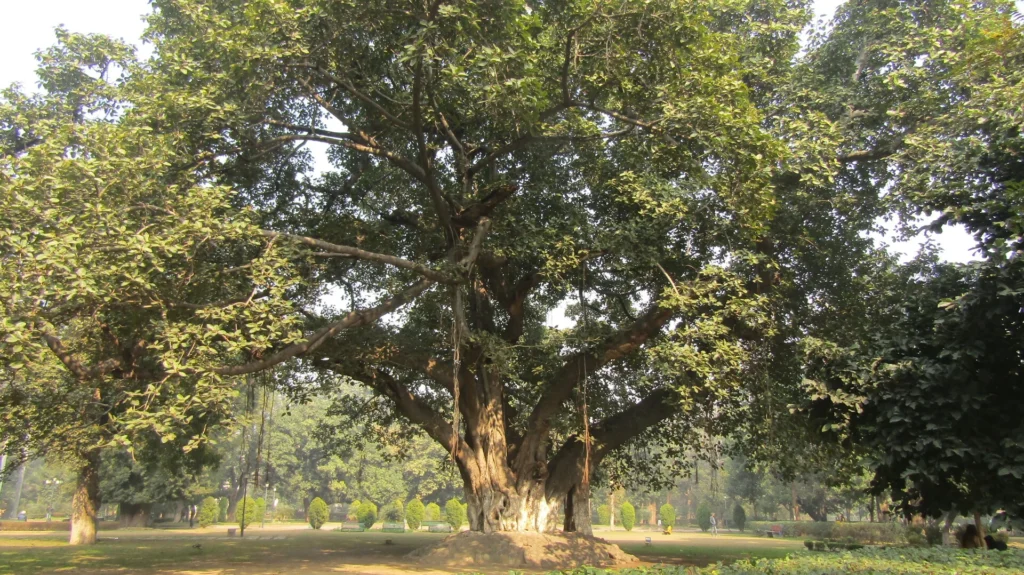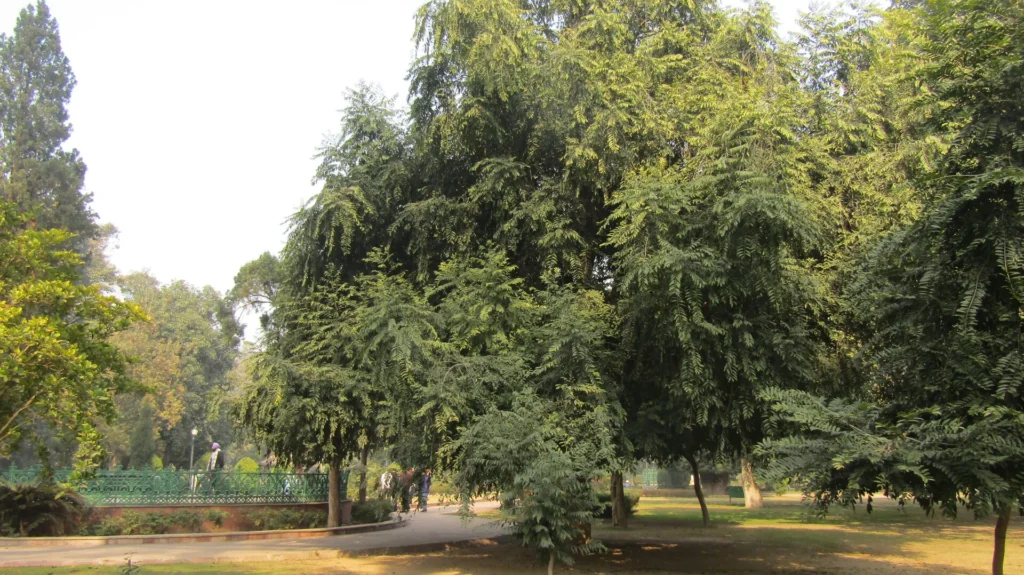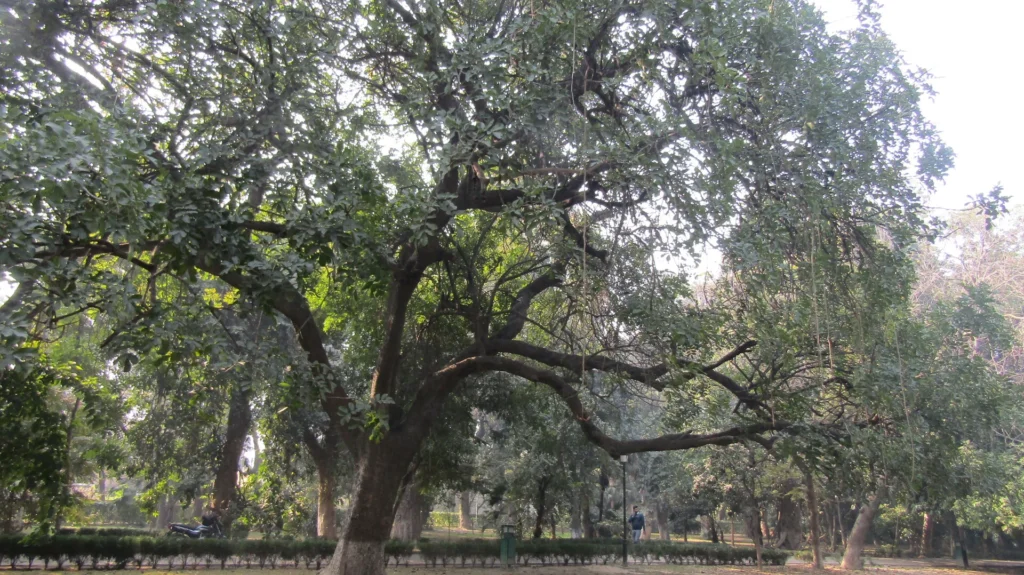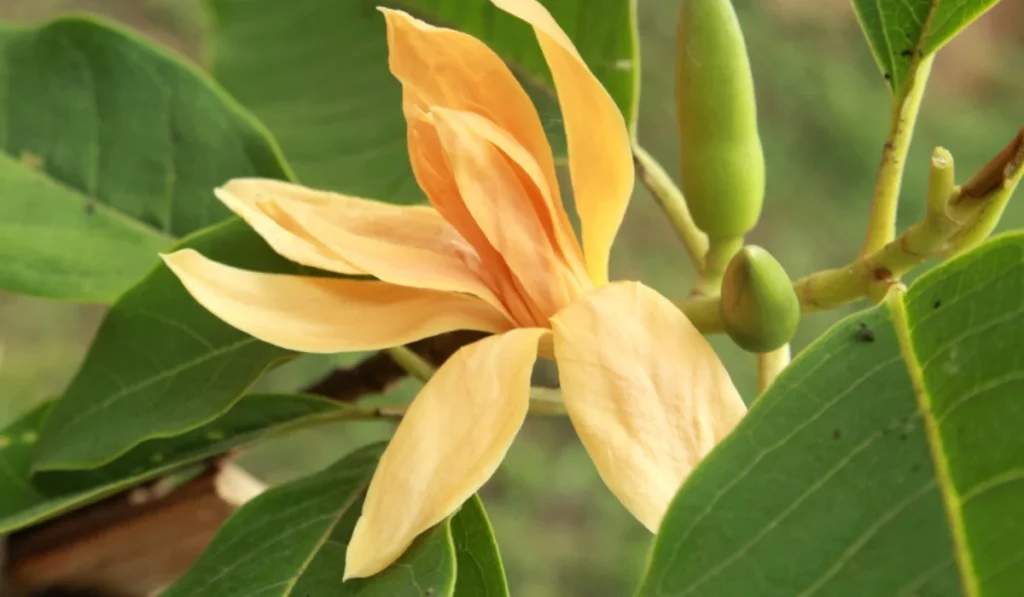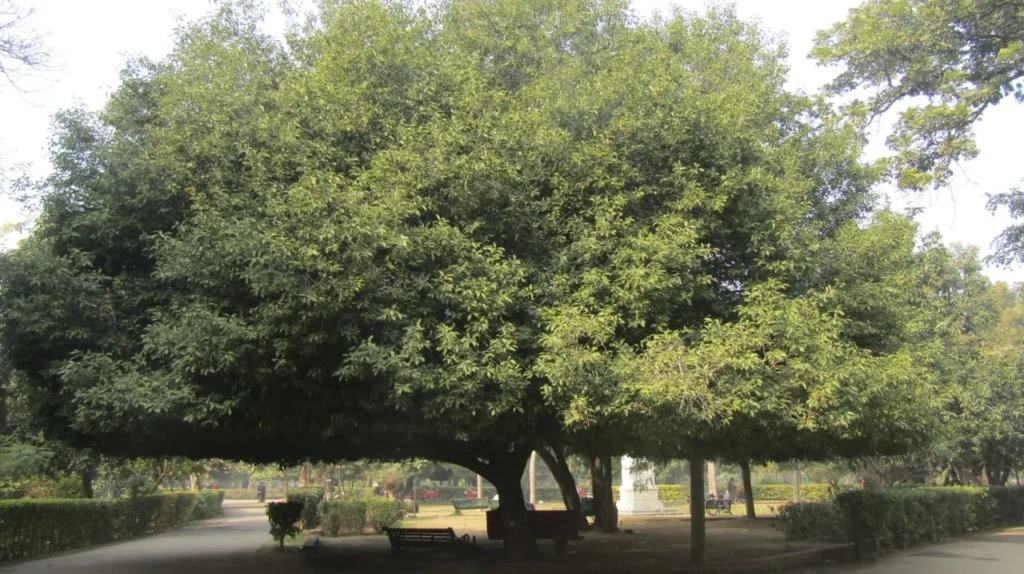A mango is an edible stone fruit produced by the tropical tree Mangifera indica. It is believed to have originated in southern Asia, particularly in eastern India, Bangladesh, and the Andaman Islands.
- Kingdom Plantae: Plants
- Characteristic feature: Tracheophytes
- Type of seed: angiosperms
- Class: Magnoliopsida
- Order: Sapindales
- Family: Anacardiaceae
- Genus: Mangifera
- Species: Mangifera indica
Anurima Mango
Anurima is a mango variety developed by the Indian Agricultural Research Institute (IARI) in New Delhi. It is a hybrid of two mango varieties, Neelam and Dussehri. The variety was released in 2011 and is named after Anurima, the daughter of Dr. R.S. Paroda, a renowned agricultural scientist. Anurima mango is a medium-sized fruit, weighing around 250-300 grams. It has an oval shape and a smooth, yellow skin with a red blush on the sun-exposed side. The flesh is juicy, fiberless, and has a sweet flavor with a hint of tartness. The fruit has a small seed, which makes it easier to eat.
Growing Conditions
Anurima mango is suitable for cultivation in subtropical regions with hot summers and cool winters. It requires well-drained soil with a pH range of 5.5-7.5. The tree is moderately vigorous and has a spreading growth habit. It is a regular bearer and produces fruit from May to June.
Benefits
Anurima mango is a good source of vitamins A and C, potassium, and dietary fiber. It has antioxidant properties that help to protect the body against free radicals and reduce the risk of chronic diseases such as cancer and heart disease. The fruit is also low in calories and can be included in a healthy diet.
Economic Importance
Anurima mango has the potential to become a popular commercial variety due to its attractive appearance, good flavor, and long shelf life. It is suitable for both domestic and export markets and can fetch a premium price. The variety has been well-received by farmers and consumers alike and is expected to contribute to the growth of the mango industry in India.


